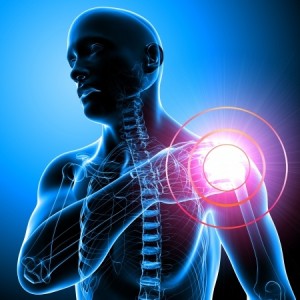Shoulder impingement affects thousands of athletes and other individuals each year. If you have shoulder impingement, getting treatment can relieve your symptoms and prevent your injury from getting worse.
Understanding Shoulder Impingement
Impingement occurs as a result of repetitively moving the shoulder over the head, as occurs during swimming, golfing, and playing tennis. When this overuse injury occurs, the space between the top of the shoulder blade and the shoulder muscles becomes smaller, causing them to rub against each other.
Shoulder impingement can be uncomfortable, causing symptoms like pain and a limited range of motion. In addition, issues such as osteoarthritis could eventually develop if the condition is left untreated.
Non-Surgical Treatment Options
Sometimes, shoulder impingement can be treated without surgery. This is most common in cases where the condition is relatively mild and the patient is less physically active. Even if surgery is used to treat the condition, non-surgical methods are usually used along with surgery.
Depending on the nature of the case, the doctor may recommend treatments such as:
- Rest, ice, compression, and elevation (RICE)
- Physical therapy to strengthen the shoulder and improve flexibility
- Medication to reduce inflammation and relieve symptoms
- Corticosteroid injections into the shoulder to relieve inflammation
Arthroscopic Surgery
The majority of shoulder impingement cases can be treated using arthroscopic surgery, which is a minimally invasive form of joint surgery. During this procedure, the doctor creates two or more small incisions in order to access the shoulder. A tiny, telescope-like camera is inserted through one of the incisions, so that the surgeon can see the inside of the joint. Small incisions are inserted through other incisions, allowing the doctor to operate.
When it is appropriate for use, arthroscopic surgery has several advantages over open joint surgery. The risk of certain side effects, like bleeding and infection, is lower. There is no large scar. Additionally, there is no need for a hospital stay – patients can return home the day surgery occurs.
Patients can return to normal activities, such as a desk job, within a relatively short time after arthroscopic surgery. However, it will be longer until patients can return to more physically strenuous activities.
Each case is unique, and only a doctor who is familiar with your case can recommend the best treatment in your case. In addition, your doctor will review the pros and cons of each option so that you can make an informed decision, and will give you detailed information about what you can expect during the recovery period.
Dr. Howard Marans would be happy with you about your shoulder injury. To schedule your consultation today, please click below and enter your information or call OC Orthopedic at (714) 979-8981.



